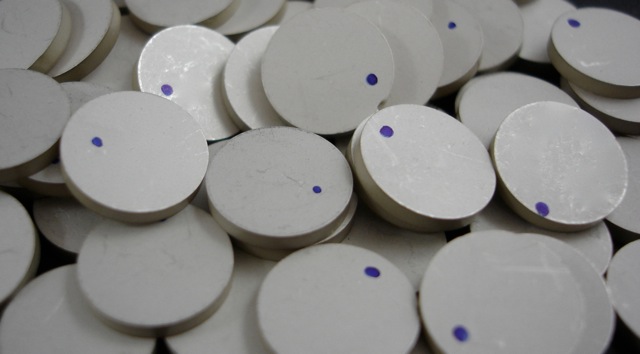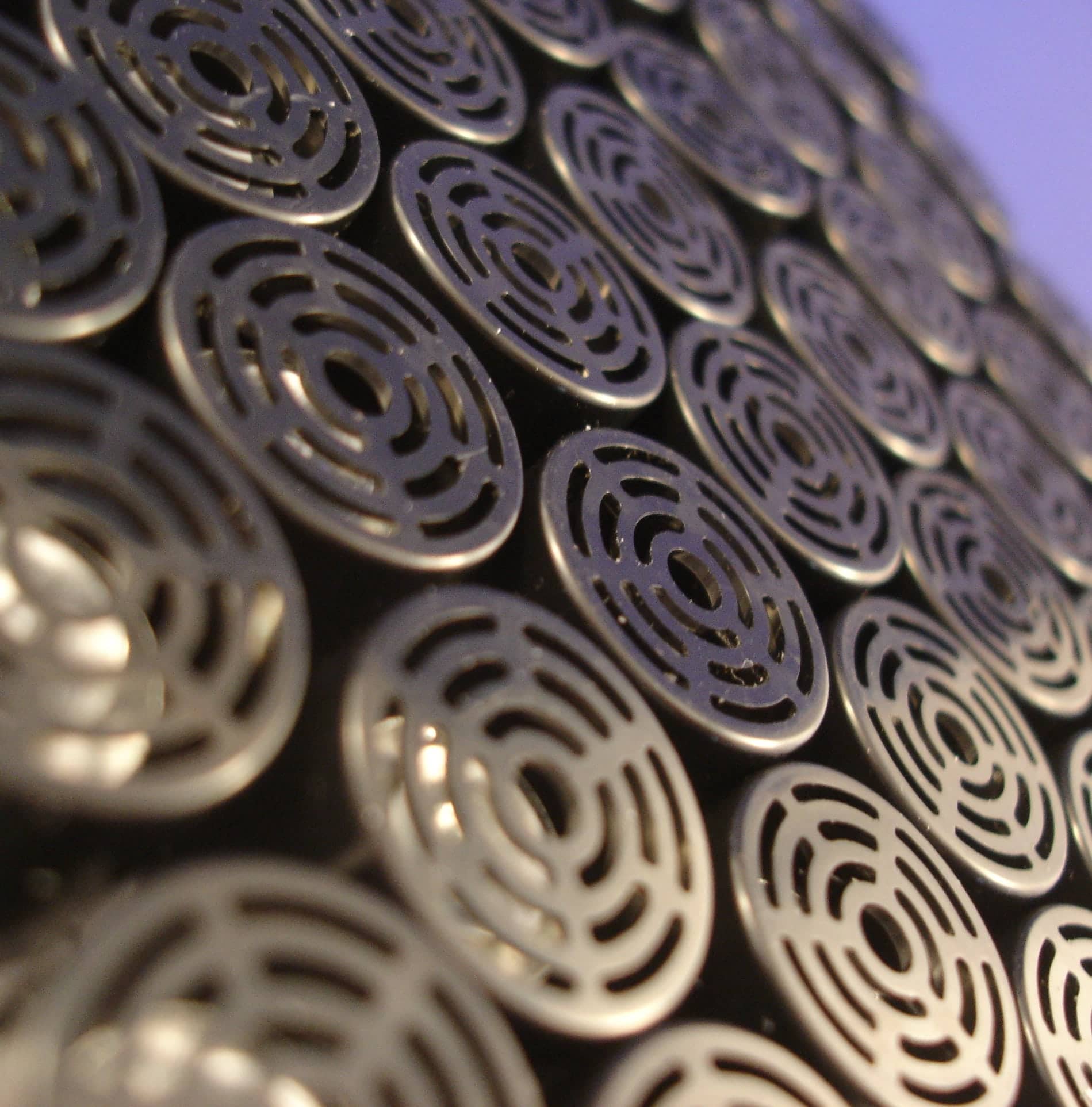Piezo Actuators: Multilayer, Stack, Bending, Stripe
A piezo actuator converts an electrical signal into a precisely controlled physical displacement, to finely adjust precision machining tools, lenses, or mirrors. Due to their small size, simple design, high reliability and independence of lubrication, you’ll see various actuators implemented throughout a vast range of industries, including automotive, aviation, medical, consumer electronics and aerospace. In fact, a piezo actuator can activate more than one billion times without even deteriorating.Actuators also are used to control hydraulic valves, act as small-volume pumps or special-purpose motors, and in other applications.
You’ll also find them in many loudspeakers, as the generated voltage converts electric into the mechanical movement of a metallic diaphragm. They’re also a vital component of atomic force microscopes and scanning tunneling microscopes, which employ converse piezoelectricity to keep the tool’s sensing needles close to the specimen.
Piezoelectric motors are unaffected by energy efficiency losses that limit the miniaturization of electromagnetic motors, and have been constructed to sizes of less than 1 cm3. A potentially important additional advantage to piezoelectric motors is the absence of electromagnetic noise.
There are two different types of piezo actuators / multilayers. The first is a stack actuator. A stack actuator is constructed in one of two ways: discrete stacking or co-firing depending on the user’s requirements.
The other type of piezo actuator is a stripe actuator or bending actuator, in which thin layers of piezoelectric ceramics are bonded together; the thin layers allow the actuator to bend with a greater deflection but a lower blocking force than a stack actuator.
Alternatively, if physical displacement is prevented, a piezo actuator will develop a usable force. Additionally, piezo actuators, when acting in an energized state, consume almost no power and produce minuscule amounts of heat, which makes them supremely efficient.
Learn more about piezo actuators here!



